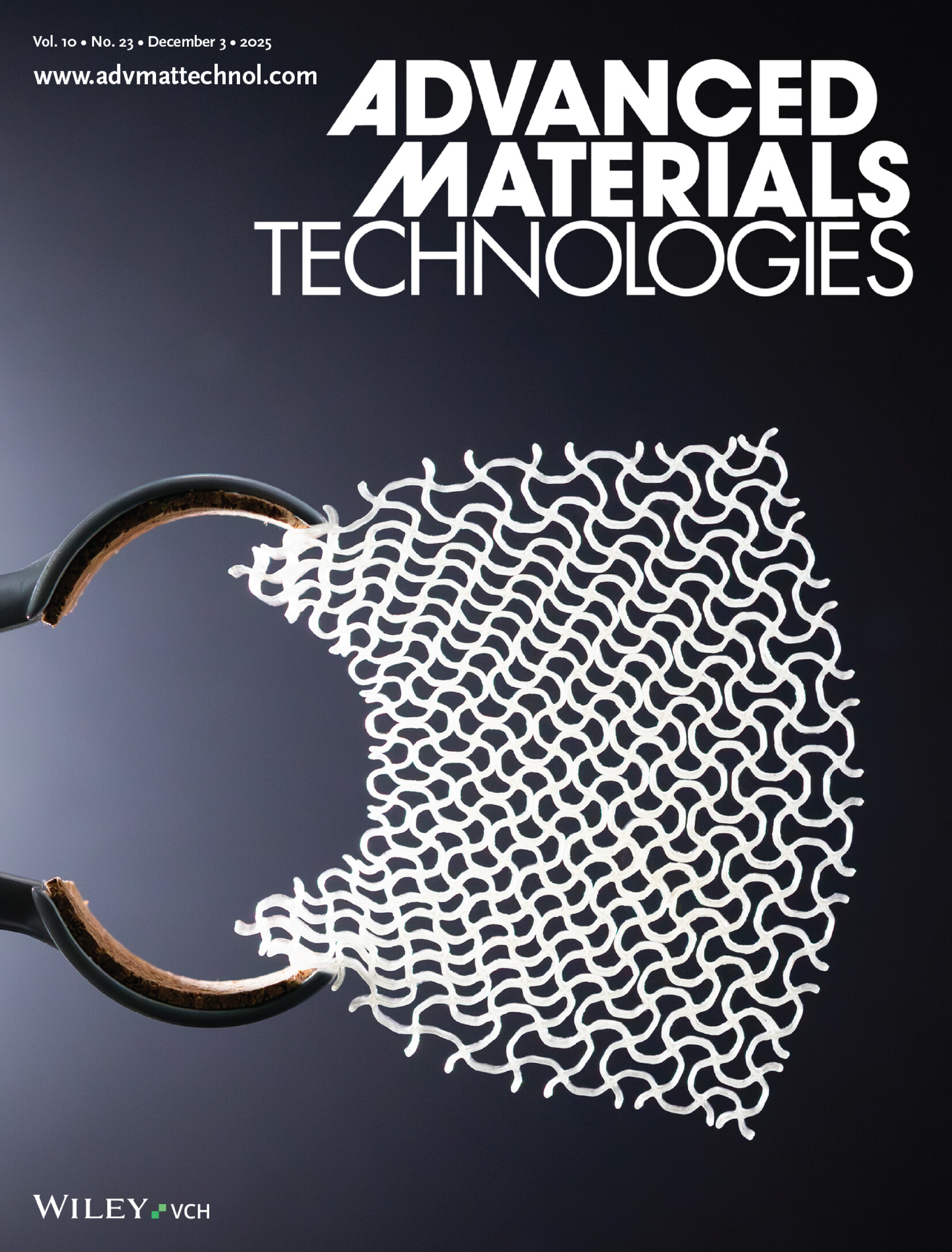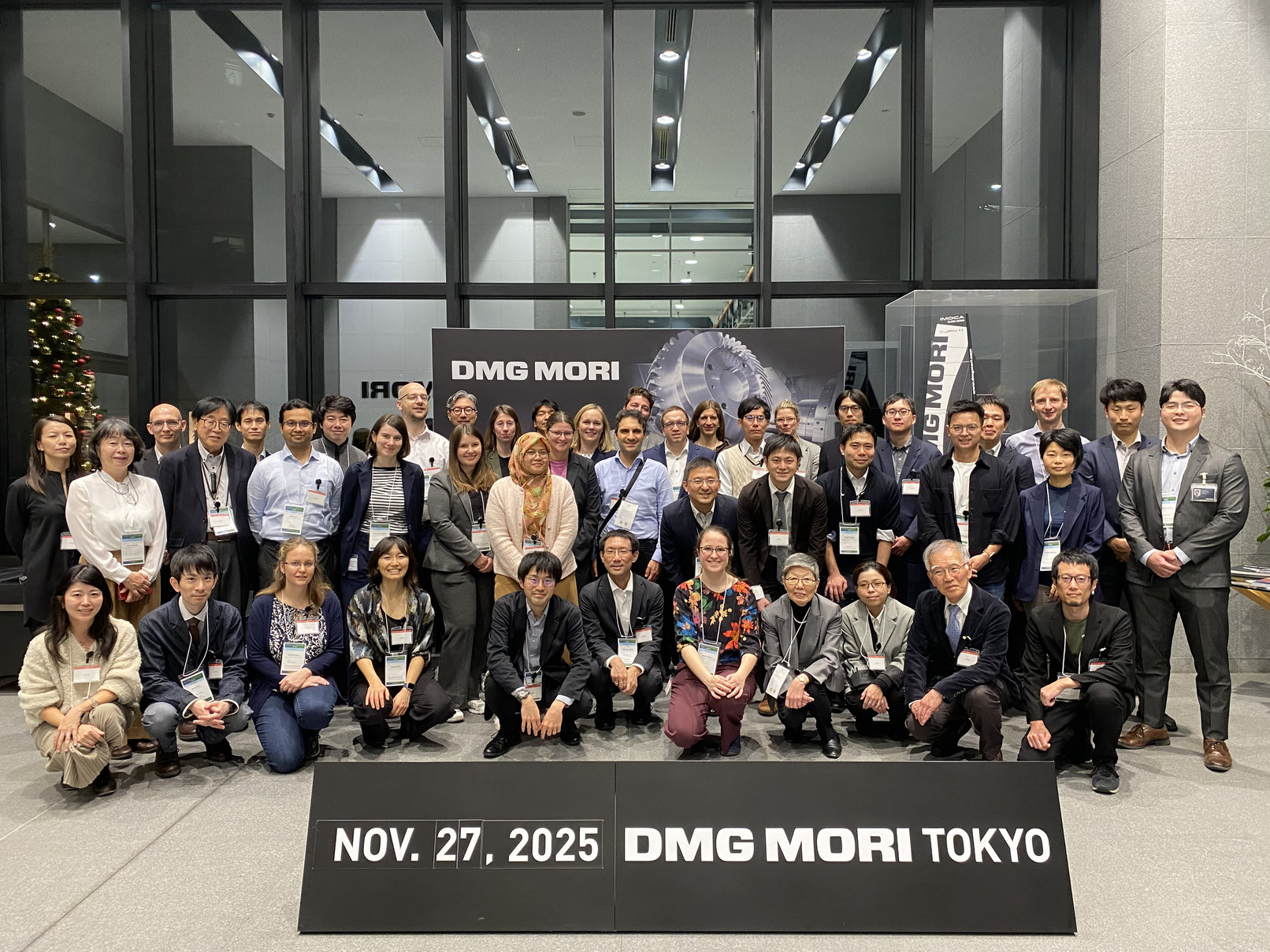> initializing research ... > loading metamaterials database ██████████████ 100% > publication ready ✓
Experiments · Simulations · Metamaterials · Fun
Our research team develops new materials capable of altering their physical properties and mechanical behavior on demand. We harness the mighty power of machine learning to uncover structure–property relationships and design materials for various exciting applications such as soft robotics.
Latest News
We are on the cover!
Our collaborative work "Light-Induced Training of 3D-Printed Mechanical Metamaterials" has been published in Advanced Materials Technologies and is featured on its front cover. If you are interested in how we can train metamaterials to do some tricks, definitely give it a read. I thank all our co-authors and chemistry wizards, who managed to create a 3D-printable filament that responds to UV light.

JAGFOE meeting in Tokyo
The first Japan–Germany Frontiers of Engineering Symposium just wrapped up in Tokyo. It was an incredibly intensive three days full of constant scientific interaction between participants. I really enjoyed the format that we (Sarah, Aki, Seki, and I) designed, and I believe that everyone learned a lot of new things. Thanks to the Alexander von Humboldt Foundation and the other funding partners, I hope that these new connections will grow into long-term collaborations! BTW, Japan is amazing! And the trains are always on time (looking at you, DB).

Successful Defence of Gerrit!
Mr. (soon to be officially Dr.) Gerrit Felsch successfully defended his PhD thesis "Machine Learning for the Generative Design of Mechanical Metamaterials". I enjoyed every (well, almost every :)) day we worked together, and I am very happy that I hired Gerrit back in 2021! He not only developed some very cool generative approaches, but also taught me a lot of neat ML tricks. We all wish The Gerrit the best in his new role at DLR!

